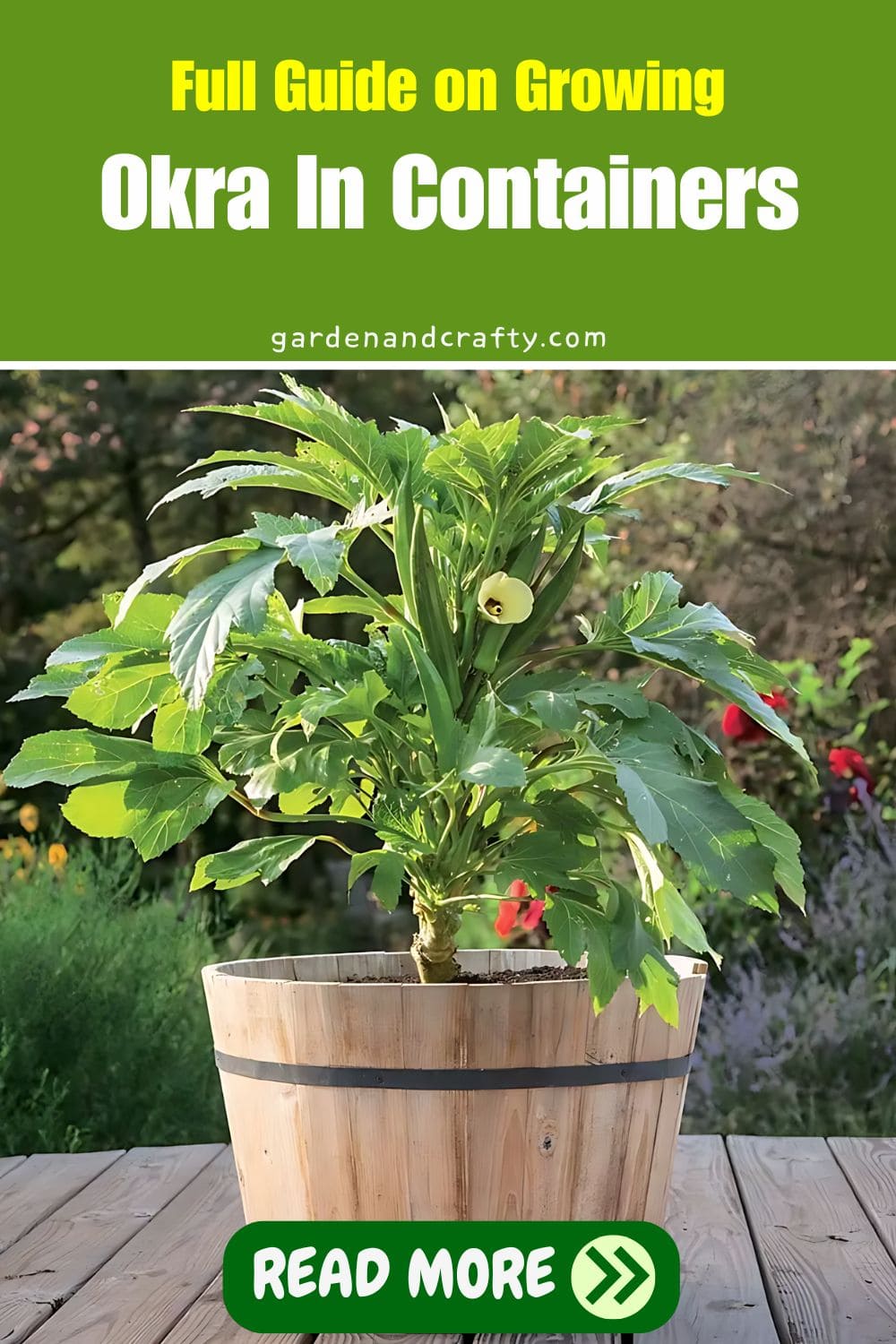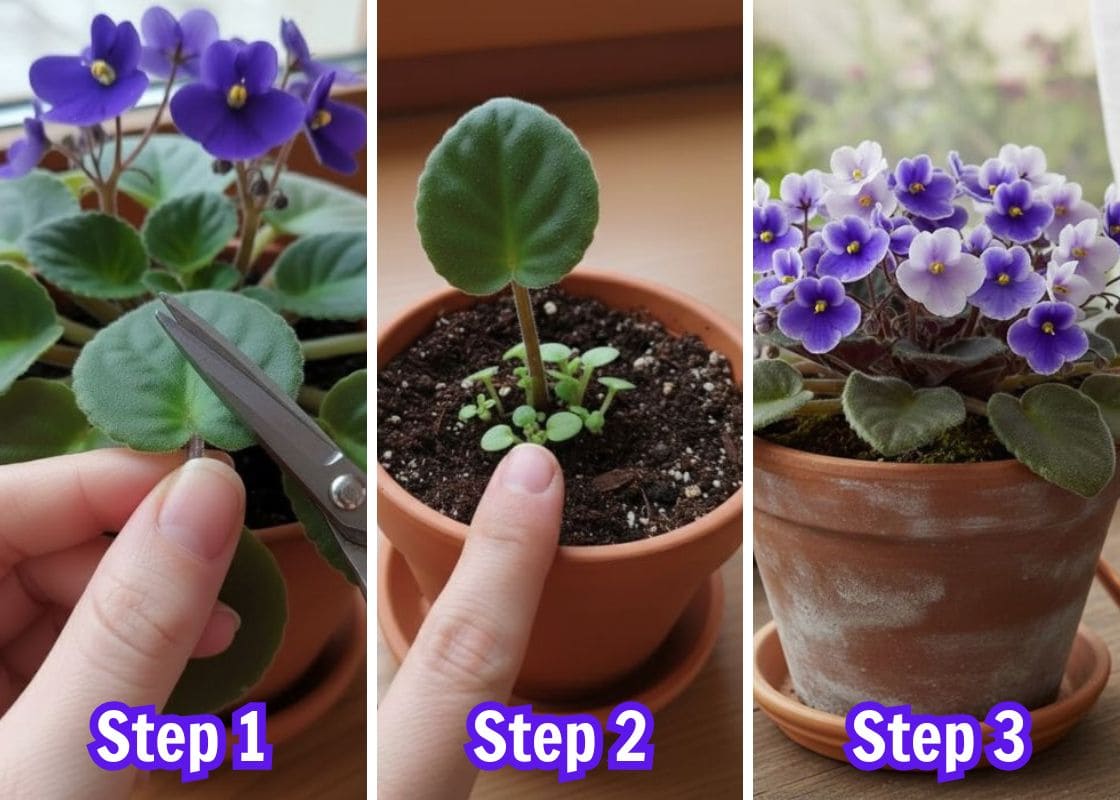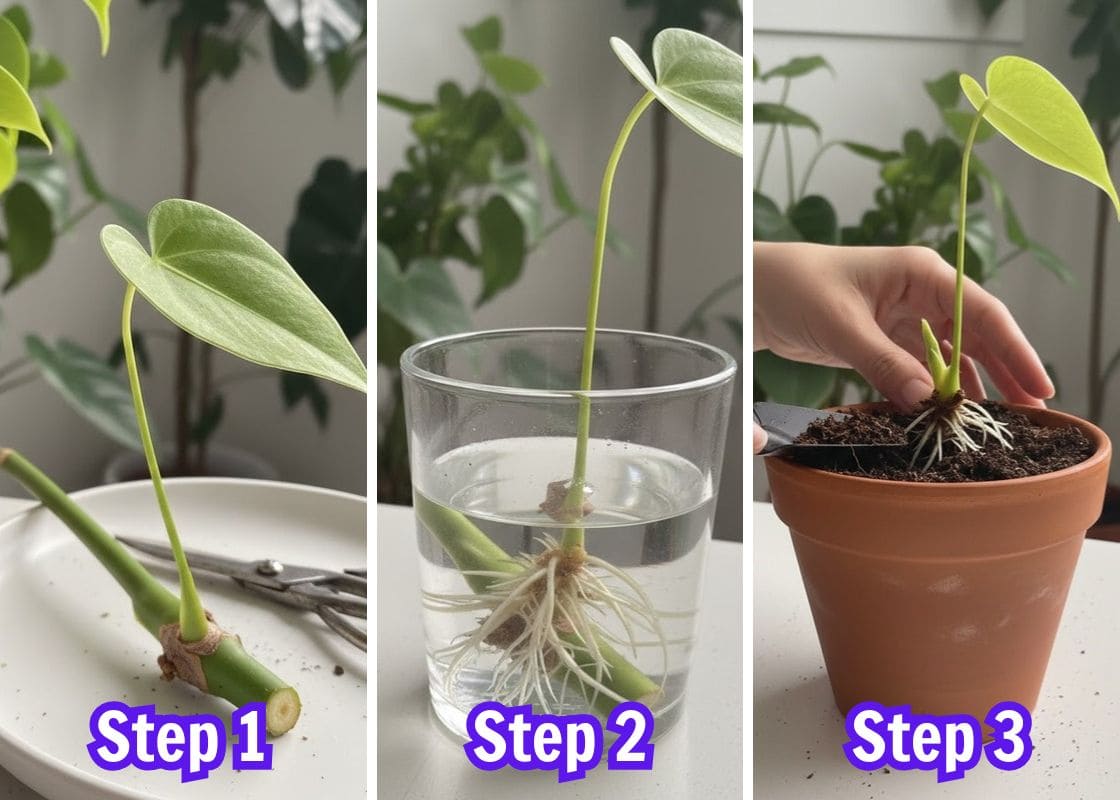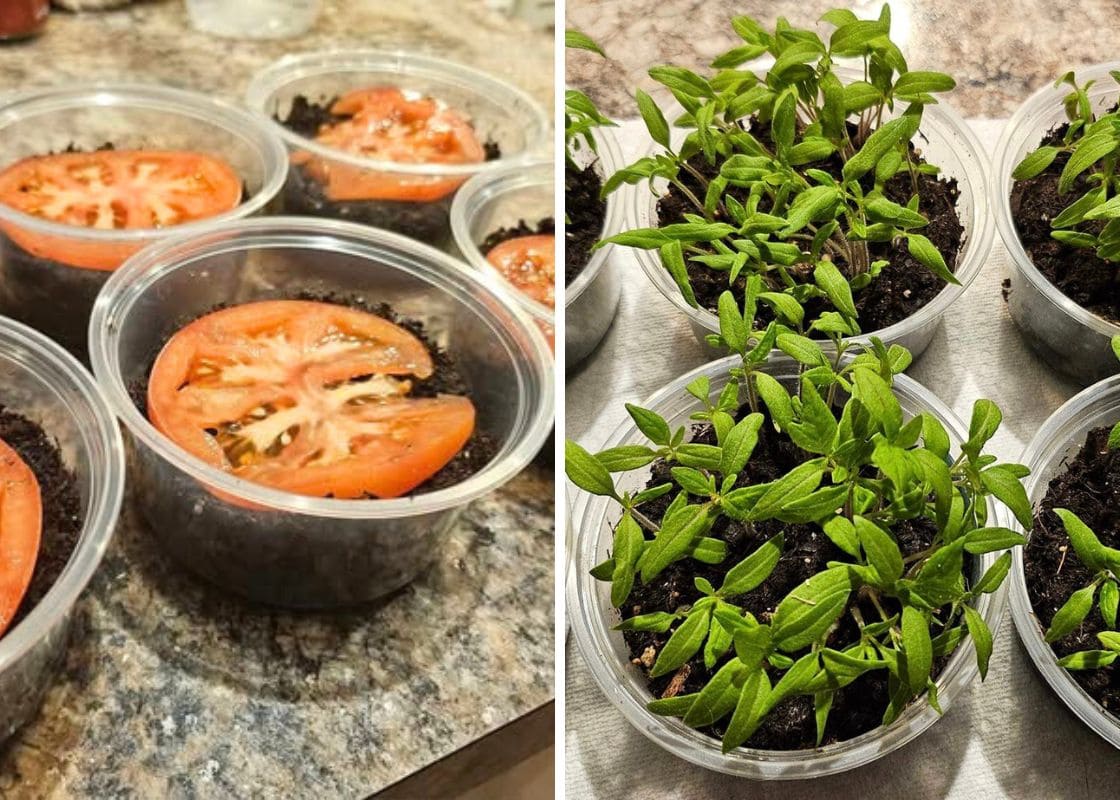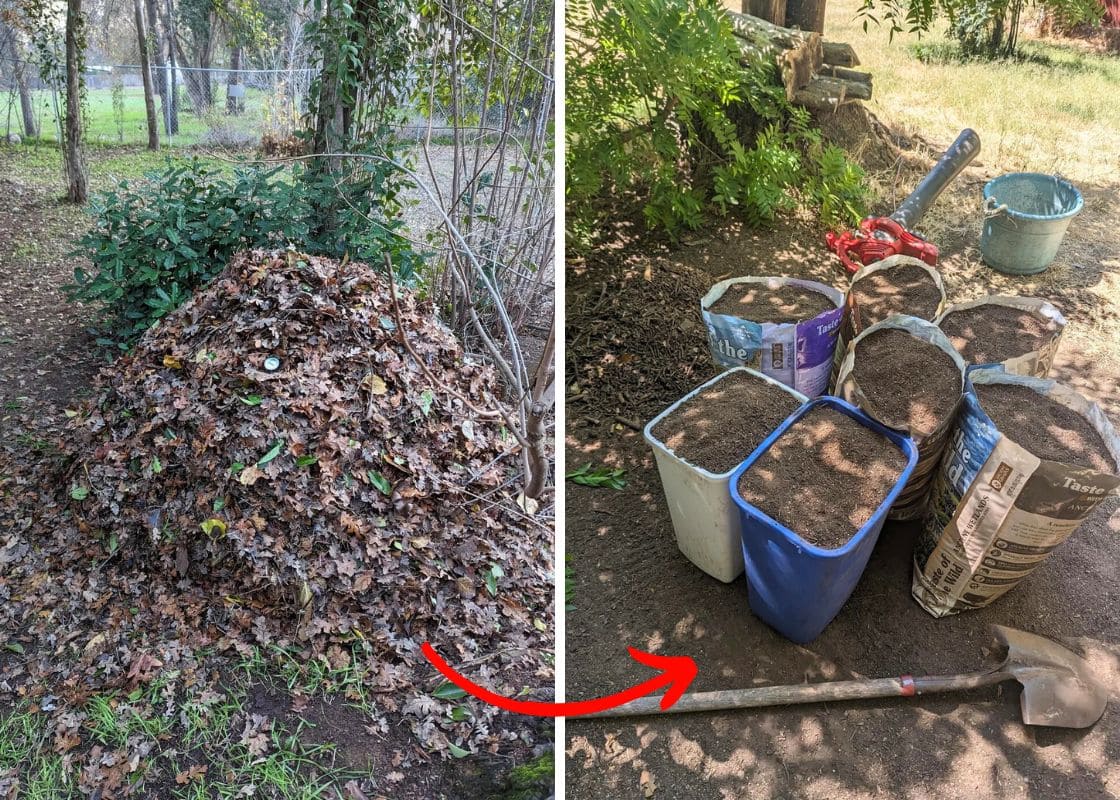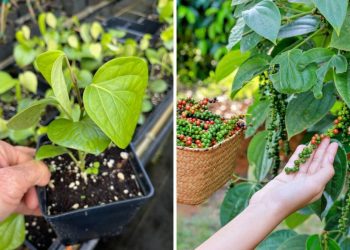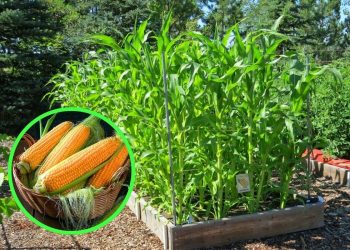Have you ever wondered if you can grow okra in containers? Three years ago, despite many seasoned gardeners doubting it, I did successfully.
Okra, known for its tender pods, is perfect for frying, stews, or pickling.
Growing okras in containers can save space, reduce soil-borne diseases, and allow for better control of growing conditions.
If you own limited garden space or urban settings, this method will be a perfect solution.
Summary:
- Okra is a nutritious vegetable rich in vitamins A, C, and K, as well as fiber and antioxidants.
- Clemson Spineless, Annie Oakley II, Baby Bubba, and Louisiana Green Velvet are best varieties in containers.
- Okra needs full sun, consistent watering, and balanced fertilization.
- Harvest pods when they are 2-4 inches long and preserve them by pickling, freezing, or drying to enjoy year-round.
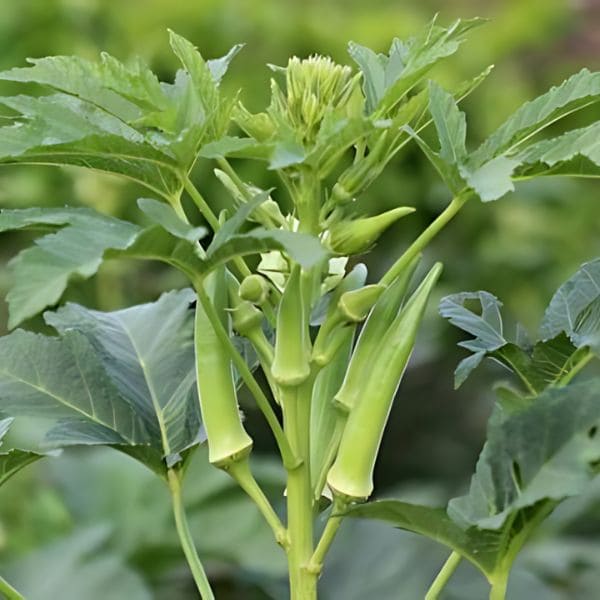
| Scientific name | Abelmoschus esculentus |
| Common name | Okra, Ladies’ Fingers, Gumbo |
| Plant type | Annual vegetable |
| Size | Height: 3-6 feet, Spread: 1-2 feet |
| Growth habit | Erect, bushy |
| Soil requirements | Well-draining, loamy soil, pH 6.0-6.8 |
| Sunlight | Full sun |
| Watering | Large, yellow with a red or purple center |
| USDA | 9-11 |
| Native range | Africa |
Propagation
Seeds are the most common method to propagate okra. Simply sow them directly into your container, and within a few weeks, you’ll see those first green shoots poking through the soil.
However, if you’re looking for a faster and perhaps more rewarding way to grow okra, consider using cuttings.
Last summer, I experimented with okra cuttings. I had a particularly healthy plant that I didn’t want to let go of, so I snipped off a few stems just below a node and removed the lower leaves.
Then I dipped the cut ends in rooting hormone to give them a boost and planted them in a mix of potting soil and perlite.
To my delight, within a couple of weeks, roots started to form.
Growing Okra
Preparation
Through trial and error, I learned that not all okra plants are created equal, and there are four well-suited for container gardening:
- Clemson Spineless: grows up to 4-5 feet tall, lacks spiny pods, is highly productive, and matures in about 55-60 days.
- Annie Oakley II: grows around 3-4 feet tall and is perfect for containers. It matures quickly in about 50-55 days.
- Baby Bubba: grows to just about 3 feet tall but is quite productive with pods ready to harvest in about 53 days.
- Louisiana Green Velvet: reaches up to feet tall but thrives in containers. It offers large, tender pods and matures in about 55-65 days.
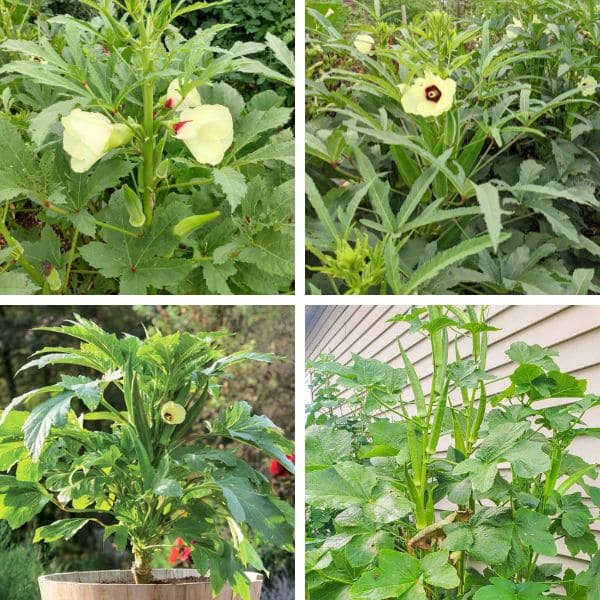
Next, I start with a high-quality potting mix, then add compost to enrich it with organic matter and mix in some perlite to improve drainage and aeration.
Okra has deep roots, so you need a pot that is at least 12-18 inches deep.
Each okra plant needs about a 5-gallon container to thrive. If you want to grow multiple plants in one container, calculate accordingly: a 10-gallon pot for two plants, and a 15-gallon pot for three plants.
How to Grow Okra In Containers
I usually start planting my okra in late spring, once the temperatures are consistently warm. So wait until after the last frost.
In my region with hardiness zone 8, that’s typically around late April or early May. I begin sowing seeds directly into the containers.
I plant 2-3 seeds in each container, about ½ to 1 inch deep. If you’re using a large container, you can sow multiple seeds, ensuring space 12-18 inches apart.
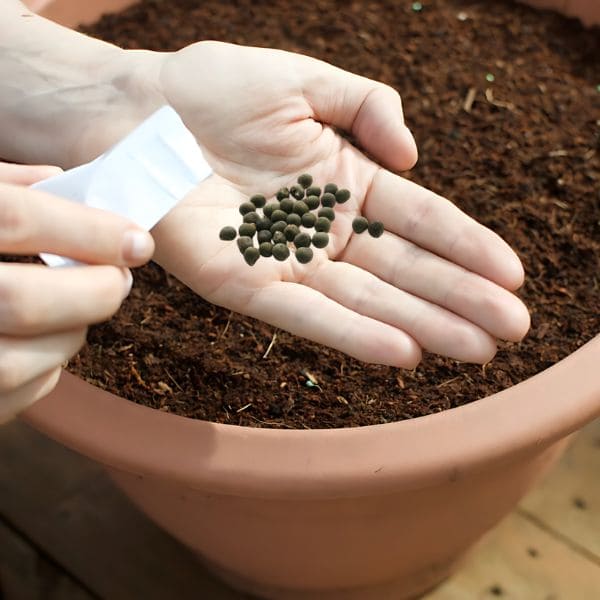
Also, remember to keep the soil consistently moist during the germination period, which usually takes between 5-10 days.
In warmer weather, the seeds tend to germinate faster. You also need to place the containers in a warm, bright spot, so a sunny patio or balcony works perfectly.
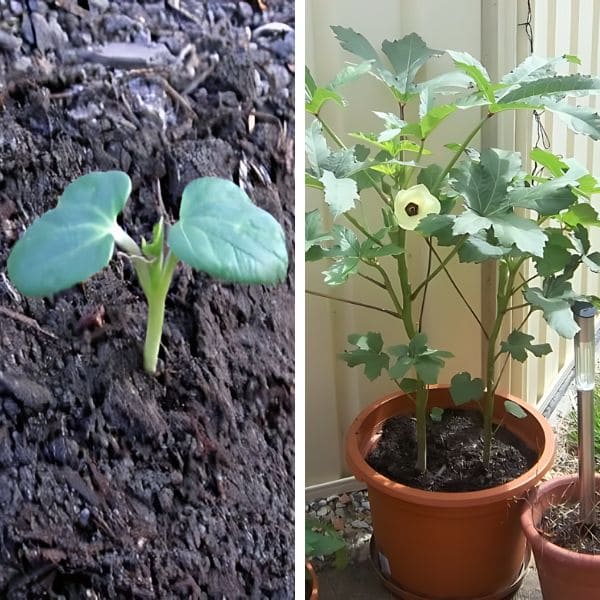
Care for Okra
From my experience, these are the main requirements for caring for okra:
- Ensure your okra gets at least 6-8 hours of direct sunlight each day.
- Use well-draining, nutrient-rich soil.
- Keep the soil consistently moist but not waterlogged.
- Maintain a warm environment between 70-90°F (21-32°C).
- Apply a balanced fertilizer every few weeks.
- Use mulch like straw or shredded leaves to retain moisture and suppress weeds.
- Thin seedlings about 12-18 inches apart.
Light
Okra plants thrive in full sun, needing at least 6-8 hours of direct sunlight each day.
In my experience, placing the containers on the south-facing side of my patio ensured they soaked up all the sun they needed.
However, during the hottest part of the summer, you can provide some partial shade in the afternoon to prevent the soil from drying out too quickly.

Soil
Okra thrives in well-draining, nutrient-rich soil. I usually mix high-quality potting soil with compost and a bit of perlite to ensure good aeration.
The ideal soil pH for okra is between 6.0 and 6.8, so it’s slightly acidic. I remember the first time I tested my soil pH and realized it was too alkaline; then I added some sulfur to help balance it out.
Water
Okra needs 1 inch of water per week, but be careful not to overwater and create soggy conditions.
I usually water my okra deeply in early mornings, especially during hot spells.
I used to water it in the evening, but I noticed it led to fungal issues. I recommend using a soaker hose or watering at the base to keep the foliage dry and prevent diseases.

Temperature and Humidity
Okra thrives in warm conditions between 70-90°F. Living in USDA hardiness zone 8, I’ve found that okra loves the summer heat.
However, too much heat can stress the plants. If your temperatures soar, add a simple shade cloth and extra watering in the mornings to help them bounce back.
Fertilizer
Throughout the growing season, I side-dress with more compost to keep the nutrients flowing.
When my okra plants reach about 6 inches tall, I give them another dose of balanced fertilizer. However, be careful with nitrogen levels – too much can cause excess leafy growth instead of pods.
Later in the season, I switch to a fertilizer with a lower nitrogen content, like a 5-10-15 or 6-12-12 ratio, to encourage fruiting.

Mulching
You can use straw or shredded leaves as mulch because they’re readily available and break down to retain moisture but also keeps the weeds down.
After planting, spread a thick layer of mulch around the base of the plants, leaving a small gap around the stems to prevent rot.
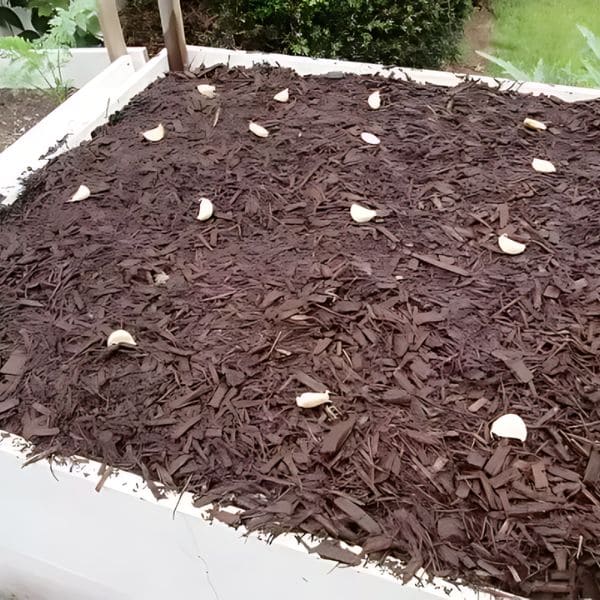
Pests and Diseases
I remember one season when my okra leaves started yellowing and curling, this is a clear sign of an aphid infestation.
Aphids are tiny, but they suck the sap from your plants. To tackle aphids, I use a mixture of water and a few drops of dish soap, spraying it directly on the affected areas.
Spider mites, another frequent pest, leave fine webbing and cause speckled, discolored leaves. I’ve found that regularly misting the plants helps, as spider mites thrive in dry conditions.
Whiteflies are also a nuisance, causing leaves to yellow and drop. You should introduce beneficial insects like ladybugs and lacewings to control these pests naturally.
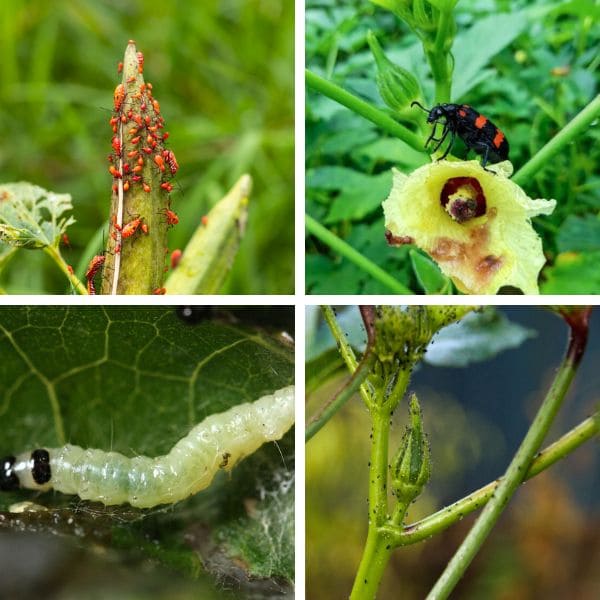
In addition, you need to stay vigilant against powdery mildew. This fungal disease thrives in humid conditions and you have to remove the affected leaves immediately.
Another issue you can face is wilting. Fusarium wilt is a soil-borne fungus that clogs the plant’s water channels. Sadly, affected plants often need to be removed and the soil treated with a fungicide.
Especially, you need to be concerned about root rot, often caused by overwatering. Make sure proper drainage and not overwatering.

Common Problems
Slow Growth
If your okra plants get pale leaves and minimal new growth, they might be suffering from nutrient deficiency or poor soil conditions.
Another cause could be insufficient sunlight – okra needs full sun to thrive.
Therefore, you need to add a balanced fertilizer and move your containers to a sunnier spot.
No Pods
If your okra plants are growing well but not producing pods, it can be due to excessive nitrogen in the soil.
The plants were lush and green but focused more on leaf growth than pod production. So, you need to switch to a low-nitrogen fertilizer like NPK ratio 5-10-15.
Harvest
You should check for pods about 50-60 days after planting. You’ll know they’re ready when they reach about 2-4 inches in length.
If left too long, the pods can become tough and fibrous, so it’s best to pick them when they’re tender.
To harvest, in early morning, use a sharp pair of pruners or garden scissors then cut the pods cleanly at the stem to avoid damaging the plant.
It’s important to check your plants every day or two because okra grows quickly, especially in warm weather.
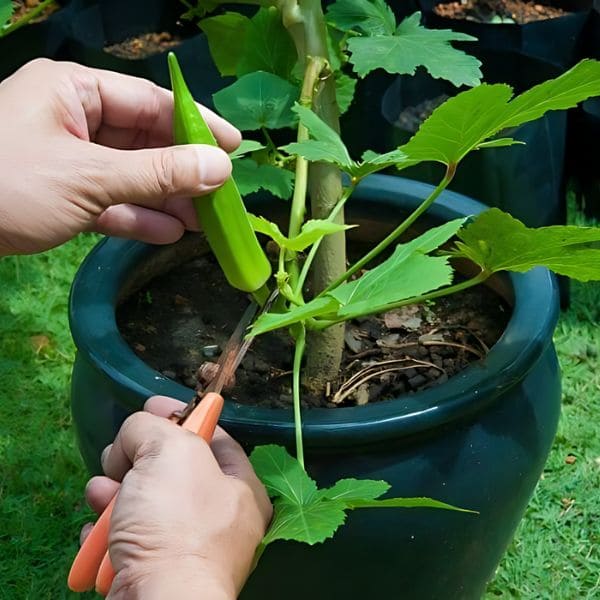
Preservation
One of my favorite methods is pickling. To pickle, simply pack the pods into sterilized jars, add your pickling spices, and cover with a hot vinegar solution.
Freezing is another easy method. You only need to blanch the okra pods in boiling water for a few minutes, then plunge them into ice water then transfer them to freezer bags.
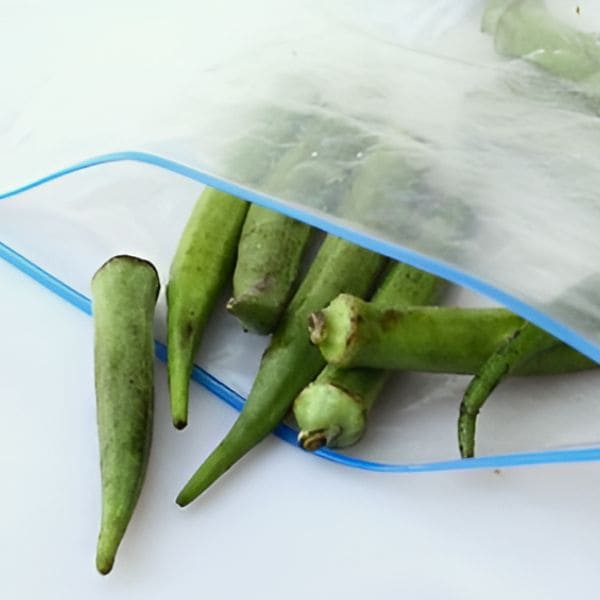
FAQs
How many okra pods per plant?
Each okra plant can produce around 20-30 pods during the growing season, depending on the variety and growing conditions. Regular harvesting can encourage more pod production.
Does okra need a trellis to grow?
No. They have a sturdy, upright growth habit and can support themselves. However, if you live in a windy area, you might consider staking to prevent them from toppling over.
What makes okra taste better?
To enhance the flavor of okra, use fresh pods and cook them quickly to avoid a slimy texture. Grilling, roasting, or frying are great methods.
Why do you put vinegar in okra?
Adding vinegar to okra, especially when pickling, gives them a tangy flavor. Vinegar also helps reduce the sliminess, making okra more palatable and enjoyable.
